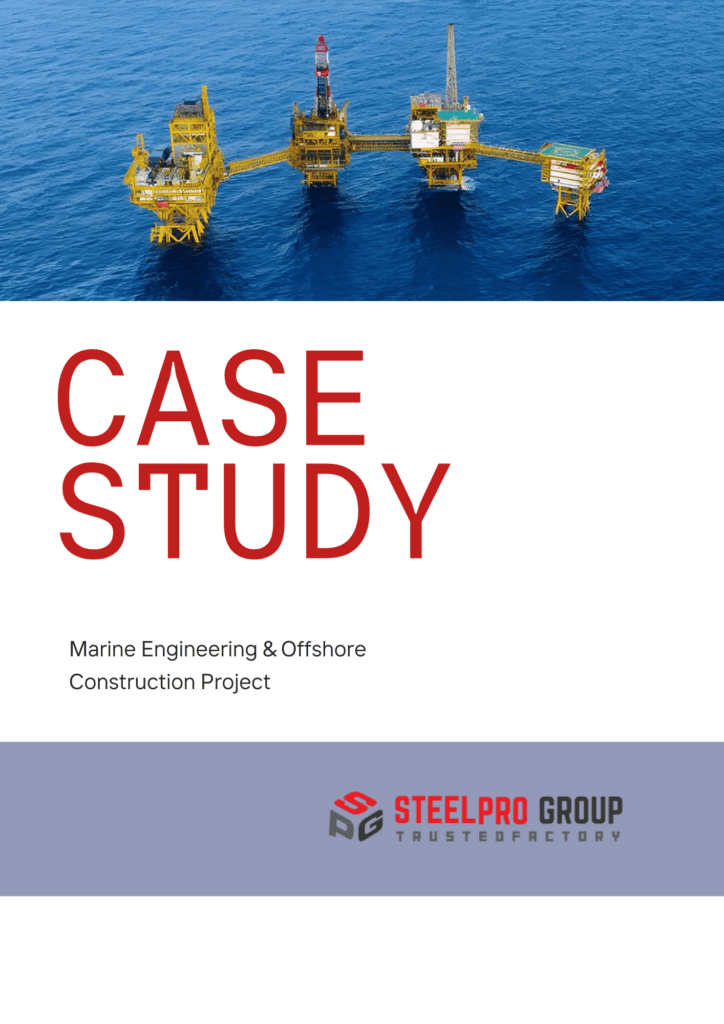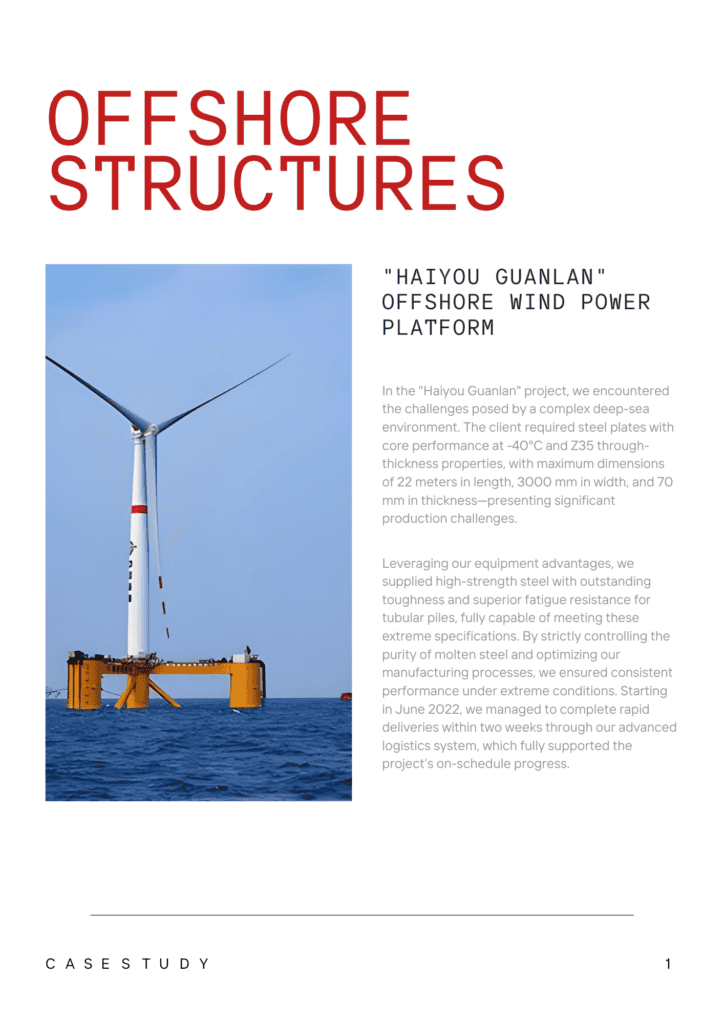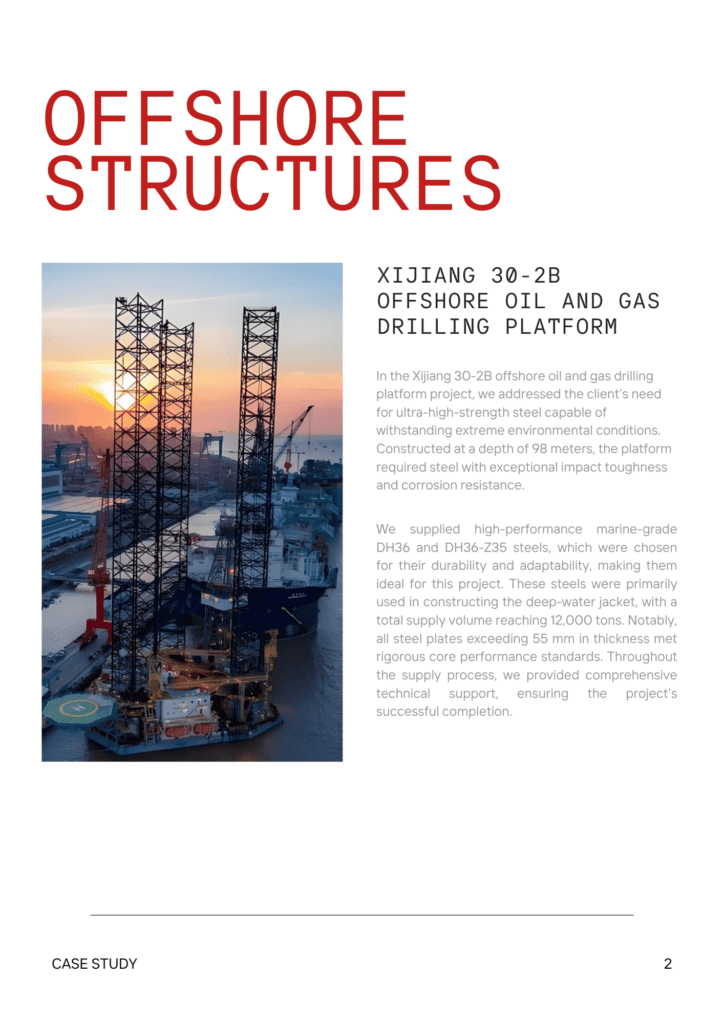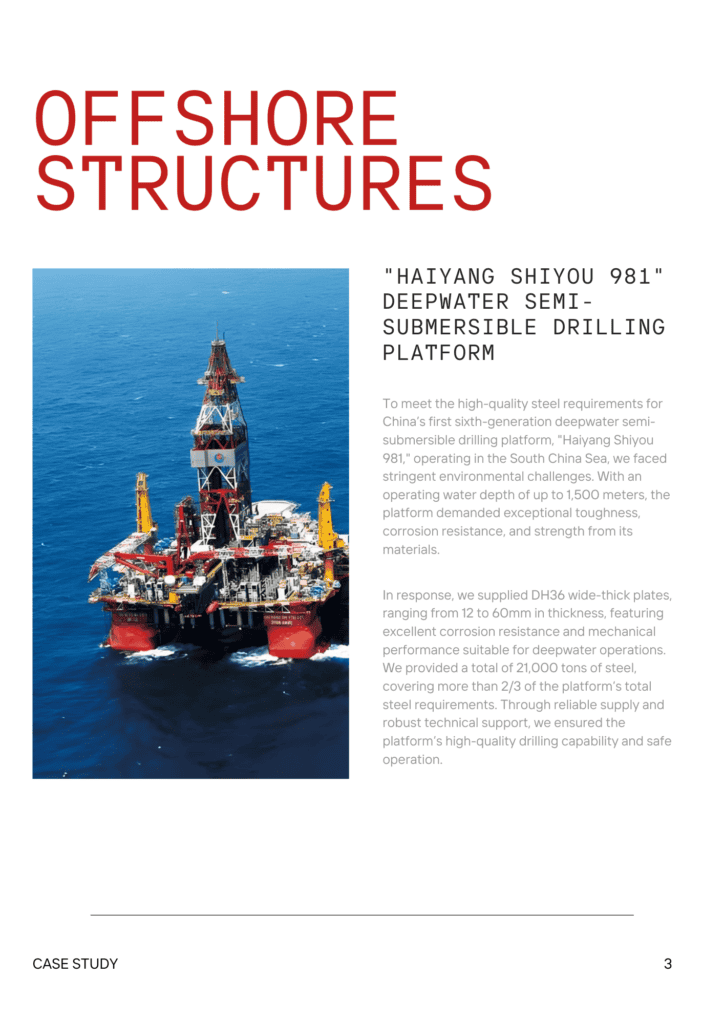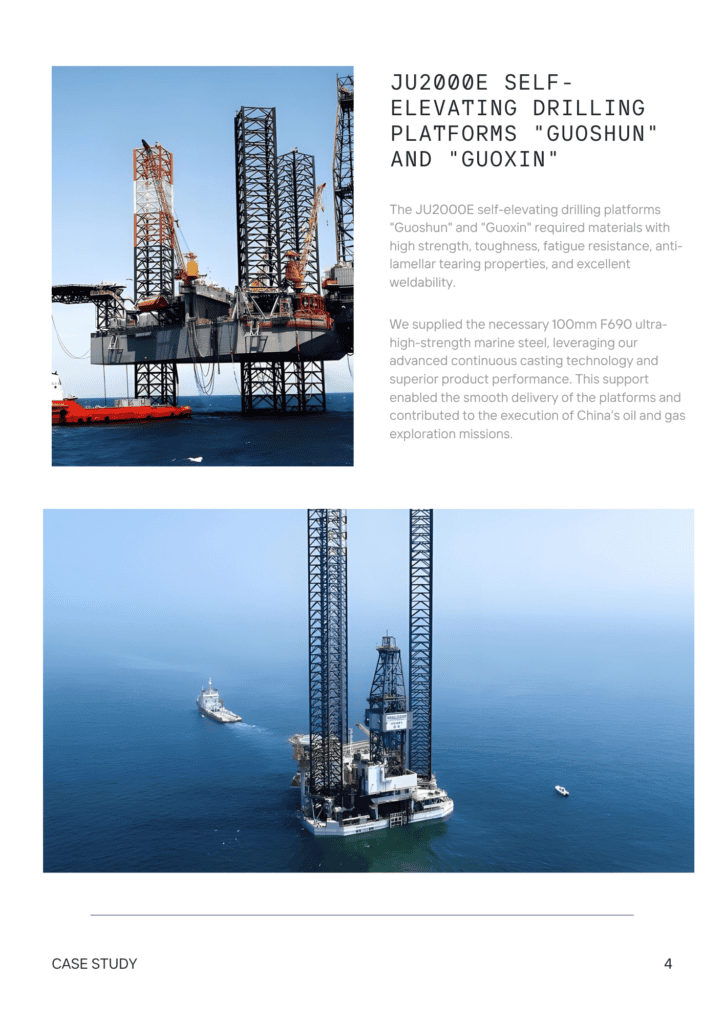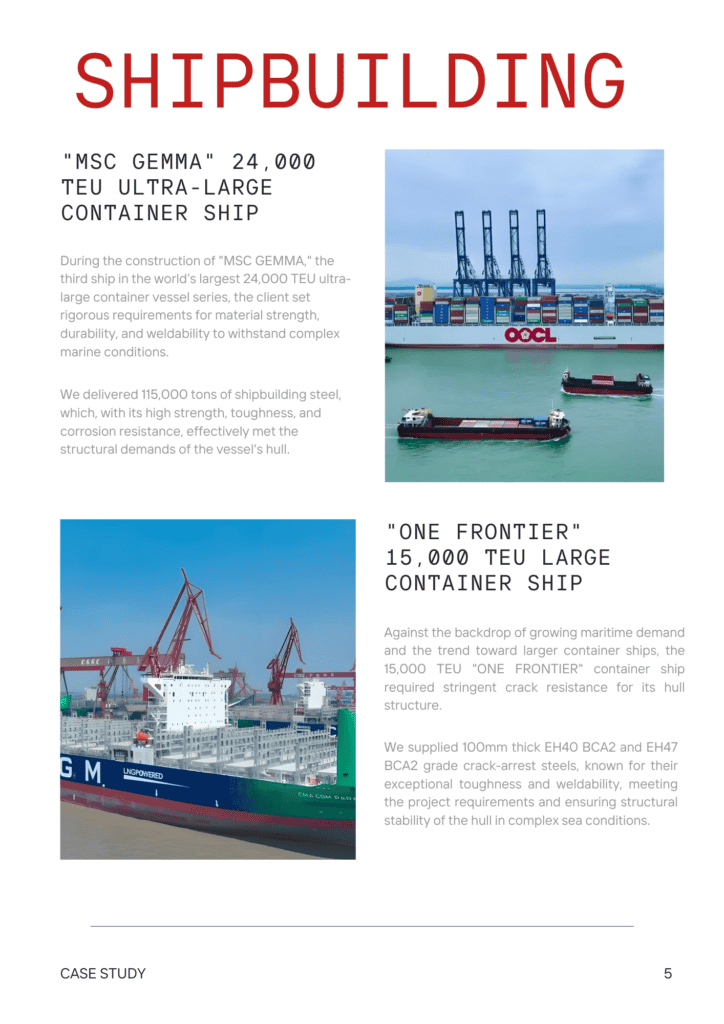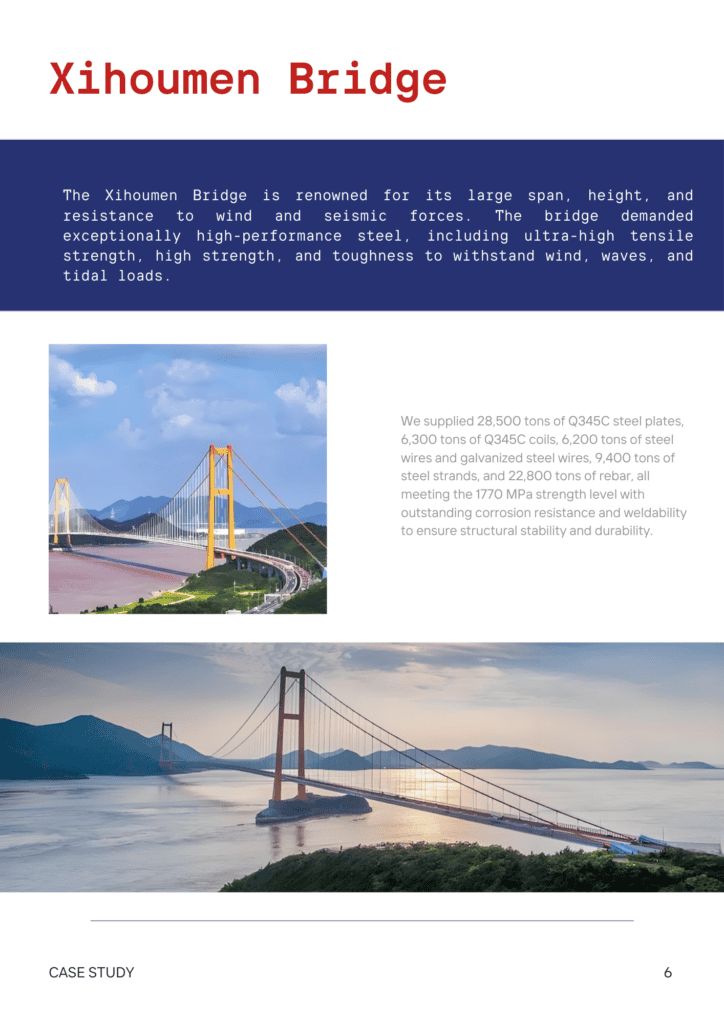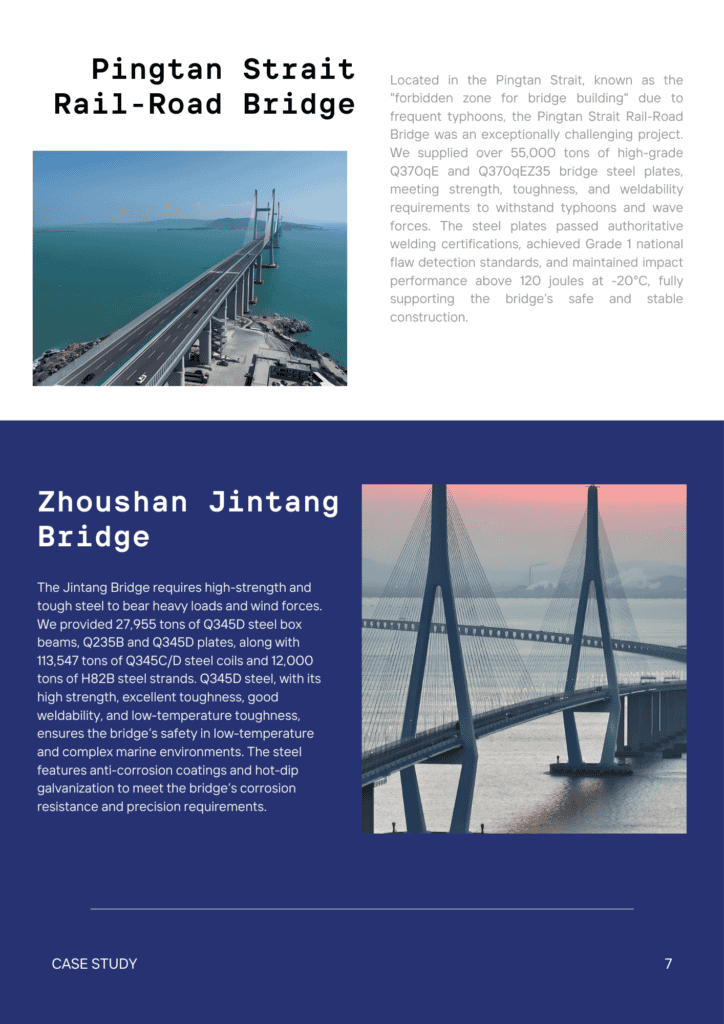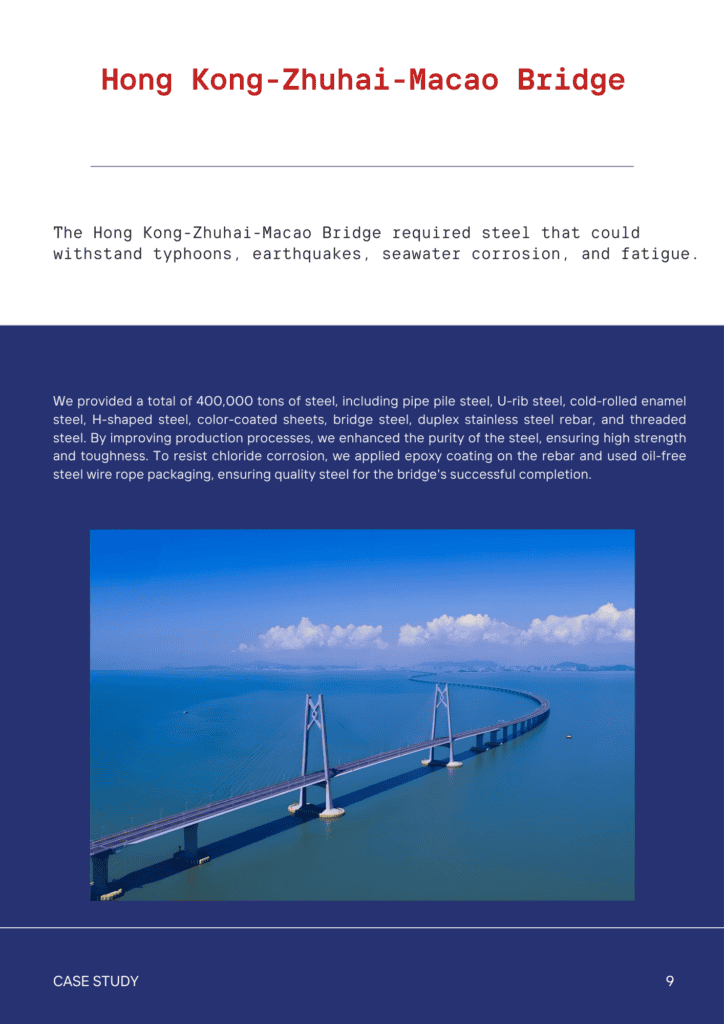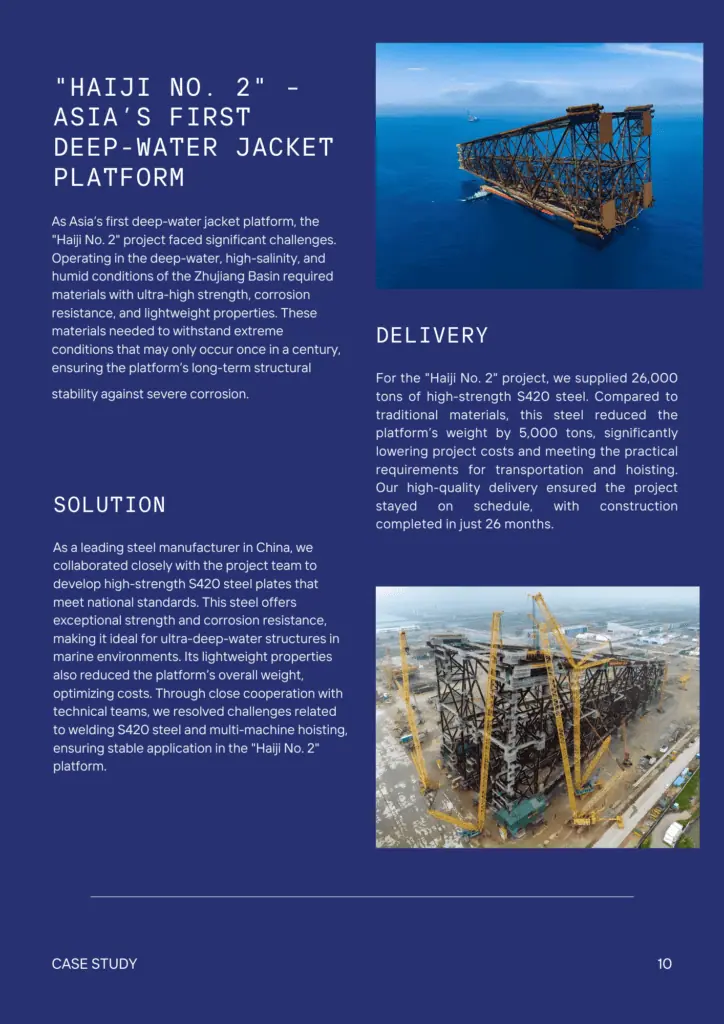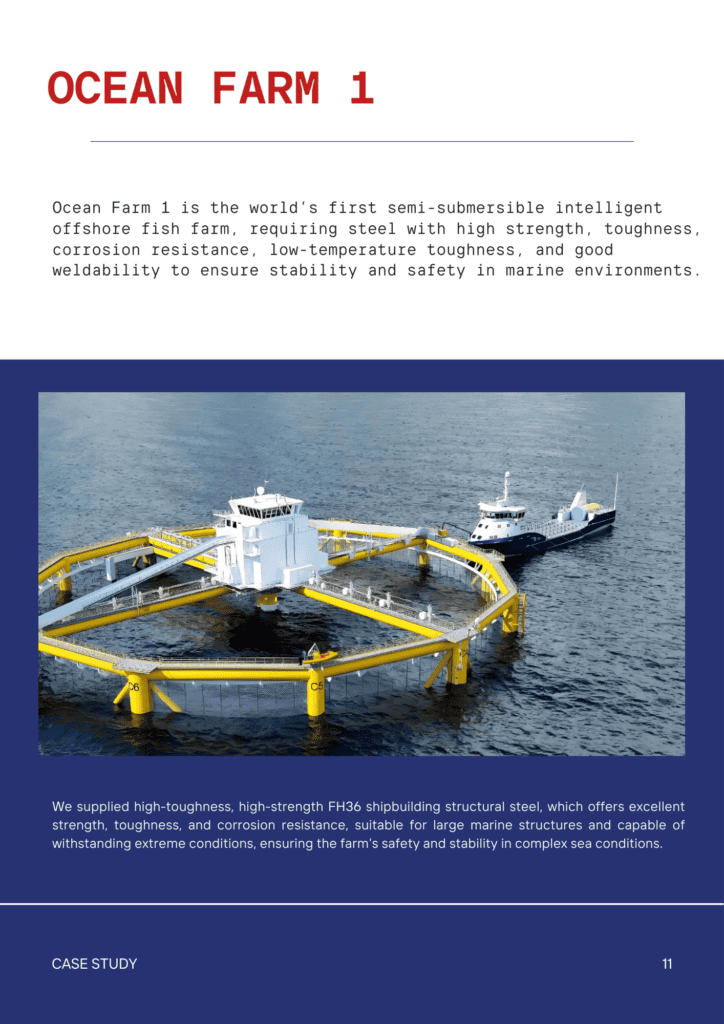Contents
Galvanized Steel vs. Aluminum
- John

Galvanized steel and aluminum are two popular materials, but they have key differences. Galvanized steel is stronger and more durable. Aluminum offers corrosion resistance with lightweight. However, it is less strong than galvanized steel.
In the following sections, we will explore their differences in various aspects such as weight, strength, corrosion resistance, cost, and common uses.
Chemical Properties Comparison of Galvanized Steel vs Aluminum
Chemical Composition
Here is the simplified table for galvanized steel’s chemical composition:
| C | Mn | P | S | Zn | Fe |
| 0.05 | 0.2 | 0.04 | 0.05 | 99 | Balance |
Aluminum is a pure metal. Unlike galvanized steel, aluminum does not have an additional coating—its natural composition offers protection.
Corrosion Resistance—Aluminum Better
Aluminum is more corrosion-resistant than galvanized steel. Aluminum naturally forms a protective oxide layer that prevents further rusting and can repair itself if scratched.
Galvanized steel relies on a zinc coating to protect against rust. Although the zinc layer can provide cathodic protection, if the zinc layer is damaged, the underlying steel will still corrode.
Oxidation Resistance—Aluminum Better
Aluminum’s self-renewing oxide layer gives it stronger oxidation resistance. When exposed to air, aluminum quickly forms an oxide layer on its surface, stopping further oxidation and corrosion.
Galvanized steel relies on its zinc layer to protect the steel underneath. While the zinc layer can also oxidize to provide protection, it does so more slowly. If the zinc layer is damaged, the exposed steel becomes vulnerable to oxidation and corrosion.
Physical Properties Comparison of Galvanized Steel vs Aluminum
Here is a table comparing the key physical properties of galvanized steel (low-carbon steel base) and aluminum.
| Physical Property | Galvanized Steel | Aluminum |
| Density | 7.85 g/cm³ | 2.70 g/cm³ |
| Melting Point | ~1370°C – 1510°C | ~660°C |
| Thermal Conductivity | ~50 W/m·K | ~235 W/m·K |
| Electrical Conductivity | ~6-7 MS/m | ~36 MS/m |
| Tensile Strength | 370 – 600 MPa (varies with grade) | 70 – 700 MPa (varies with alloy) |
| Yield Strength | 205 – 345 MPa (varies with grade) | 30 – 400 MPa (varies with alloy) |
| Modulus of Elasticity | ~200 GPa | ~69 GPa |
| Thermal Expansion Coefficient | ~11-12 µm/m·K | ~23 µm/m·K |
Density—Aluminum Lighter
Aluminum is significantly lighter than galvanized steel. This makes it ideal for lightweight structures that improve fuel efficiency and reduce load. It is suitable for industries such as aerospace, automotive, and construction. Aluminum is also easier to handle and transport.
Galvanized steel is much denser and stronger. It is better suited for heavy-duty applications. However, galvanized steel also is less energy-efficient in applications requiring frequent movement or transport.
Magnetism—Galvanized Steel Magnetic
Galvanized steel is magnetic, while aluminum is not. The magnetism in galvanized steel comes from its core, which is made of regular carbon steel. Aluminum is ideal for environments where magnetic interference is a concern.
Ductility—Aluminum Higher
Aluminum has higher ductility, meaning it can be stretched or drawn into thin sheets and wires without breaking. This makes it highly versatile for applications that require complex shaping.
Galvanized steel, with its harder steel core, has lower ductility. The zinc coating can also pose challenges during forming and bending processes. Typically, galvanized steel is processed into shape before the galvanizing step to avoid issues with the zinc layer.
Other Differences Between Galvanized Steel and Aluminum
Strength—Galvanized Steel Stronger
Galvanized steel is stronger than aluminum. Galvanized steel has a higher tensile strength, making it withstand more forces without breaking.
Aluminum has a lower tensile strength, meaning it is more prone to bending or deforming under heavy loads.
Appearance
Aluminum is smooth and shiny, with a bright, silvery finish that stays reflective over time. It can also be polished or anodized for a more refined or colored appearance.
Galvanized steel, in contrast, has a more textured surface due to its zinc coating. Initially, it may have a somewhat shiny, spangled look, but over time, it typically develops a dull, matte gray finish.
Cost—Galvanized Steel Cheaper
Galvanized steel is more affordable. While the zinc coating adds some cost, widely available steel has a lower production cost compared to aluminum. Aluminum extraction is energy-intensive, requiring a large electricity input, which raises its production cost.
In terms of maintenance costs, aluminum typically requires less upkeep than galvanized steel. Galvanized steel, however, relies on its zinc coating for corrosion protection. If the coating wears down, it requires re-coating or repairs to prevent rust on the underlying steel.
To balance cost and application needs, galvanized steel is suitable for budget-sensitive projects, while aluminum is ideal for long-term, low-maintenance requirements.
Environmental Impact—Aluminum Better
Aluminum has more environmental impact during its production. Extracting aluminum from bauxite is highly energy-intensive. However, it is highly recyclable, using only about 5% of the energy needed for its initial production, making it more eco-friendly long-term.
Galvanized steel has a relatively low environmental impact during production. While it is fully recyclable, separating the zinc coating requires additional processing. Steel smelting also consumes a significant amount of energy, adding complexity to recycling galvanized steel.
Applications of Galvanized Steel vs Aluminum
Galvanized steel is better for heavy-duty, structural applications, while aluminum excels in industries where lightweight and corrosion resistance are more important.
Galvanized Steel Applications
- Construction: Structural beams, roofing, and bridges.
- Automotive: Body panels, chassis components, and exhaust systems.
- HVAC Systems: Air ducts and other components that need to resist rust.
- Agriculture: Fencing, barns, and farm equipment.
Aluminum Applications
- Aerospace: Aircraft frames and components where low weight is critical.
- Transportation: Car parts, such as wheels and body frames, to improve fuel efficiency.
- Consumer Electronics: Laptop bodies, smartphones, and other electronic casings.
- Packaging: Cans, foil, and other lightweight packaging materials.
How to Choose Between Galvanized and Aluminum?
If you need a strong, durable material for heavy-duty or structural applications. Galvanized steel is perfect for outdoor projects or heavy-duty tasks like building a fence or installing a roof.
Aluminum is ideal if you need something lightweight and resistant to rust without added coatings. It’s ideal for applications where reducing weight is crucial, such as in transportation, electronics, or marine environments.
Why Choose Us
If you need high-quality galvanized steel products, consider choosing Steel Pro Group. Our galvanized steel sheets, coils, and wires are ideal for applications ranging from construction and infrastructure to agricultural equipment and outdoor structures.
For more information or to explore their range of products, visit here to make your next project strong and long-lasting.



